Afternoon dive
For our third dive, we surveyed Brimstone Shallows, a submerged shelf edge reef about 2 miles off St. Kitts. Extending for several miles along the leeward side of the island, the reef begins at about 50 feet and slopes downward to a terrace at a depth of 100-120 feet. Much of the high relief structure is provided by large mountainous star corals (Montastraea faveolata) and lobate star corals (M. annularis), with sand channels separating the reef structure. Like other dives at similar depths we have done in St. Kitts, these corals at Brimstone Shallows lost much of their living tissue 10-15 years ago. What was different is that there was much more live tissue remaining on most of these, including some small, fully live colonies. This reef also had a high number of colonies of a species that is a close cousin, boulder star coral (Montastraea franksi). Another notable difference at this site was the abundance of fish bites on these corals, and on mustard hill coral (Porites astreoides).
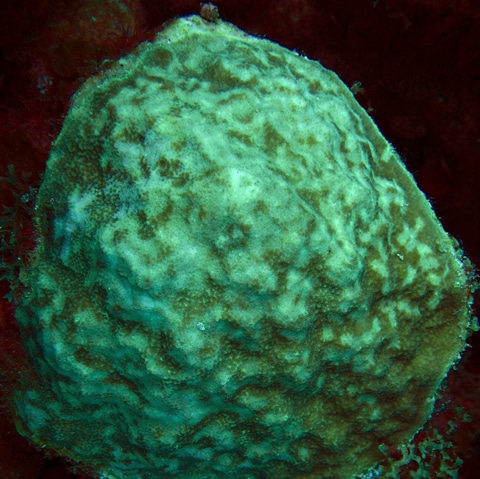
These small white spots were caused primarily by stoplight parrotfish (Sparisoma viride), which are known to be territorial and may bite the corals to mark the boundaries of their territories. Usually, this does not kill the coral; because the bite marks are so small, they rapidly heal. Brimstone Shallows was no exception; there were corals with newly created scars and older areas that healed, but were still a bit lighter than the surrounding tissue.
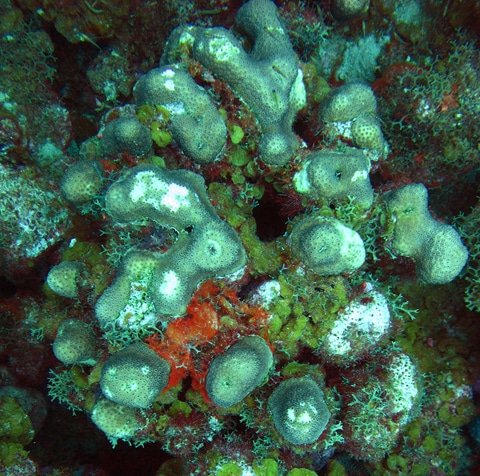
Brimstone shallows is notable for the high diversity of stony corals. We recorded 25 species of corals, including one, a solitary coral called Scolymia, which we had not yet seen in St. Kitts. Many of these were fairly small and very abundant, which made it difficult to complete a full coral assessment. In fact, some of our transects (each one covers a total area of 10 square meters) have 20-25 corals, while a single transect at this site had over 100 corals, each of which we identify, measure, and assess its health.
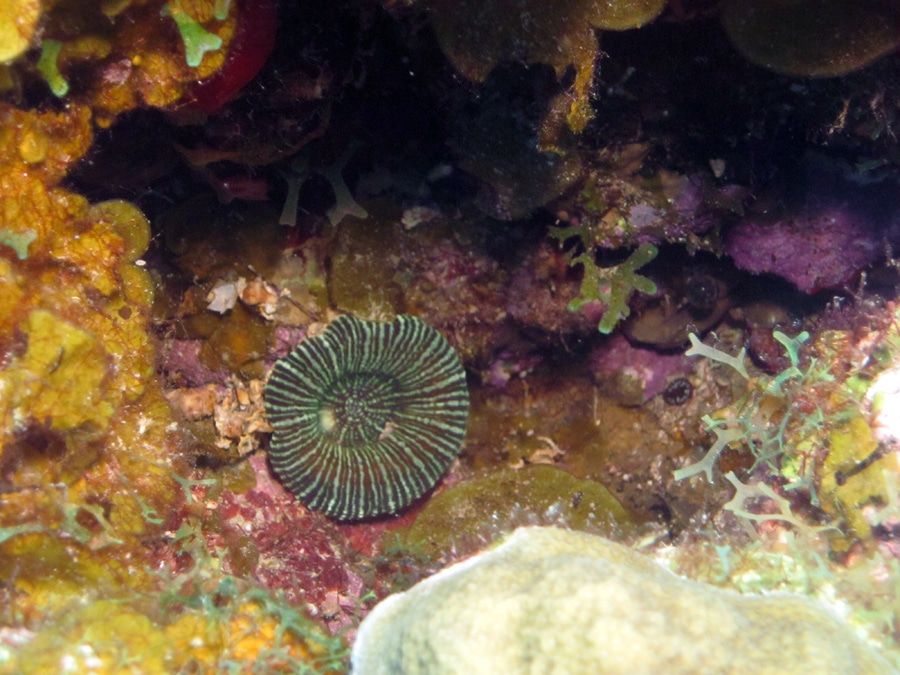
In addition to corals, large colorful sponges of all shapes and sizes covered the bottom. Sponges are particularly important to reefs for many reasons. In addition to their biomass, diversity and key role they play in reef growth and bioerosion, they filter thousands of gallons of water each day. As they process the water, they remove small particles, bacteria and other microscopic organisms, affecting the balance of carbon and nitrogen in the water column. They also support a highly diverse community of microorganisms and symbionts, and some house photosynthetic organisms, much like the corals. Some of the more prominent sponges we found at Brimstone Shallows include the large barrel sponges, tube sponges, and rope sponges, but they also form crusts, can overgrow corals, and penetrate and erode coral skeletons.
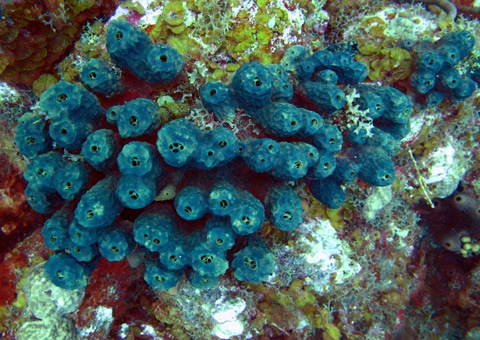
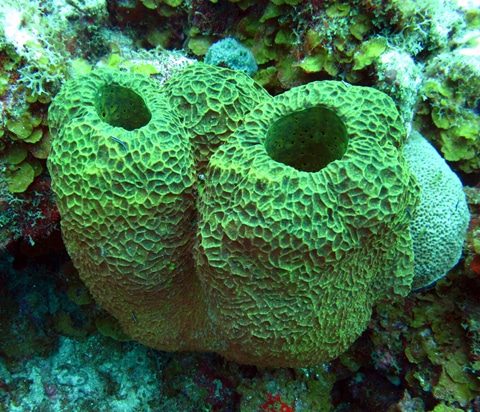

Tomorrow, we are heading south to explore reefs off Nevis.
(Images/Photos: 1-2, 4-6 Andy Bruckner, 3 James Byrne)
To follow along and see more photos, please visit us on Facebook! You can also follow the expedition on our Global Reef Expedition page, where there is more information about our research and our team members.